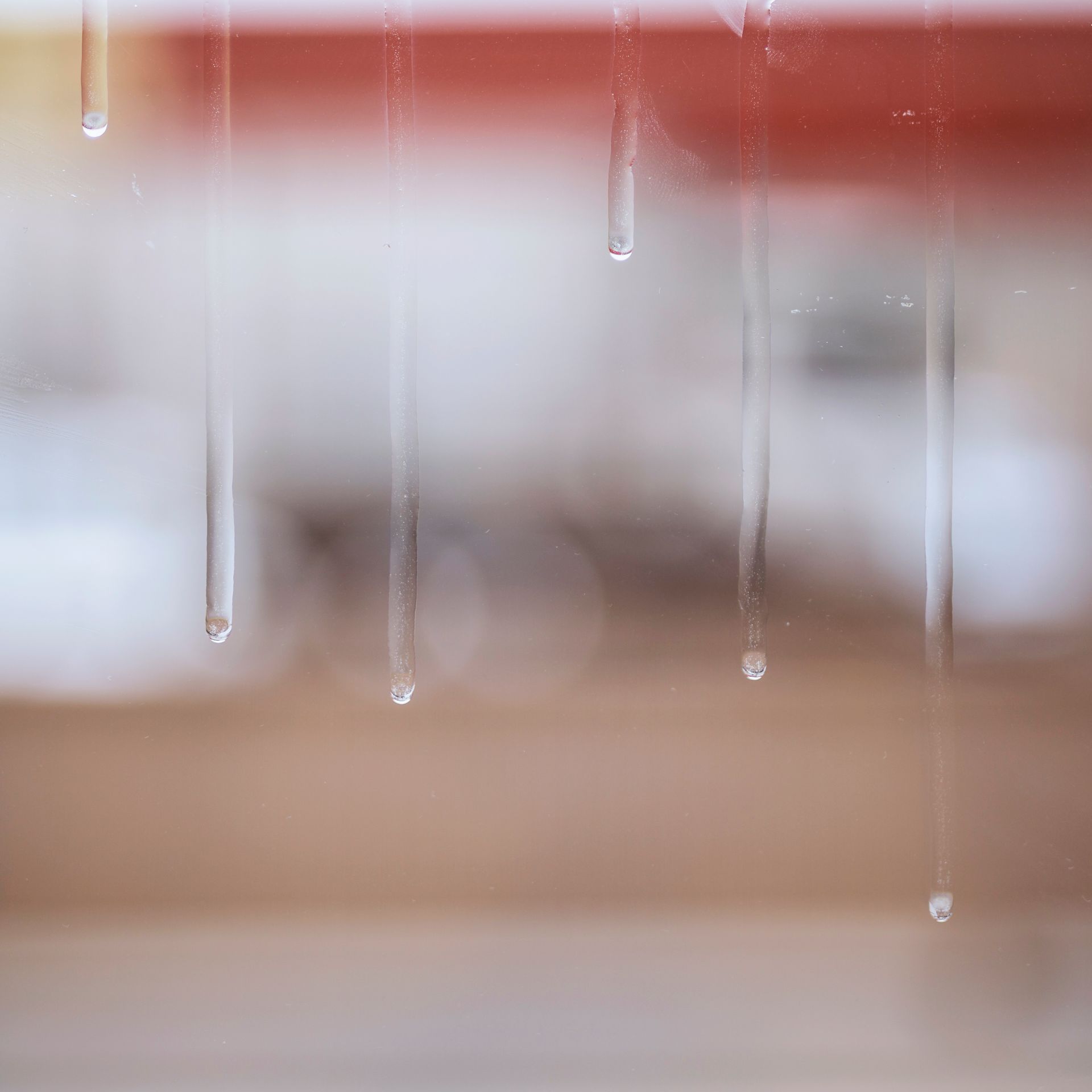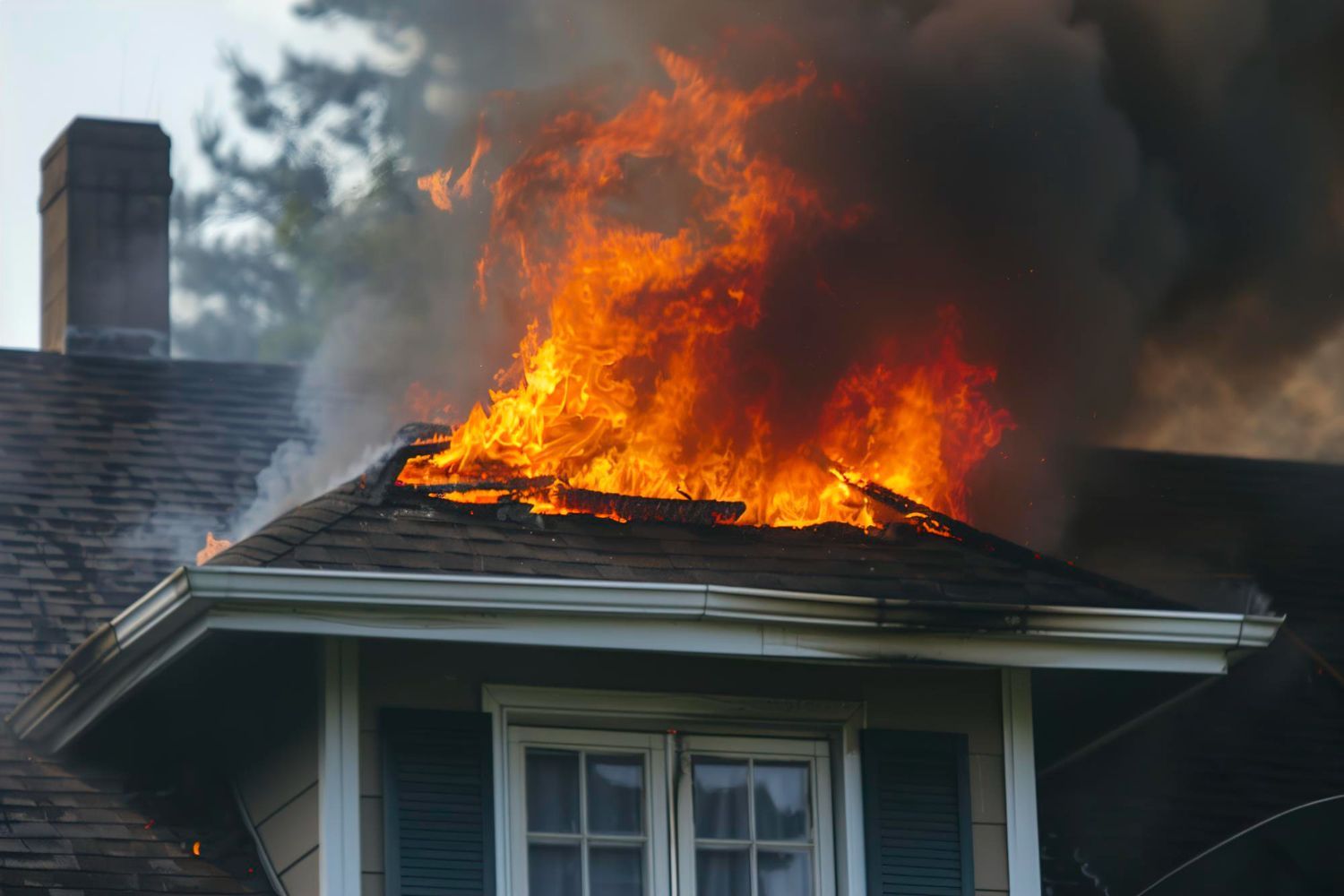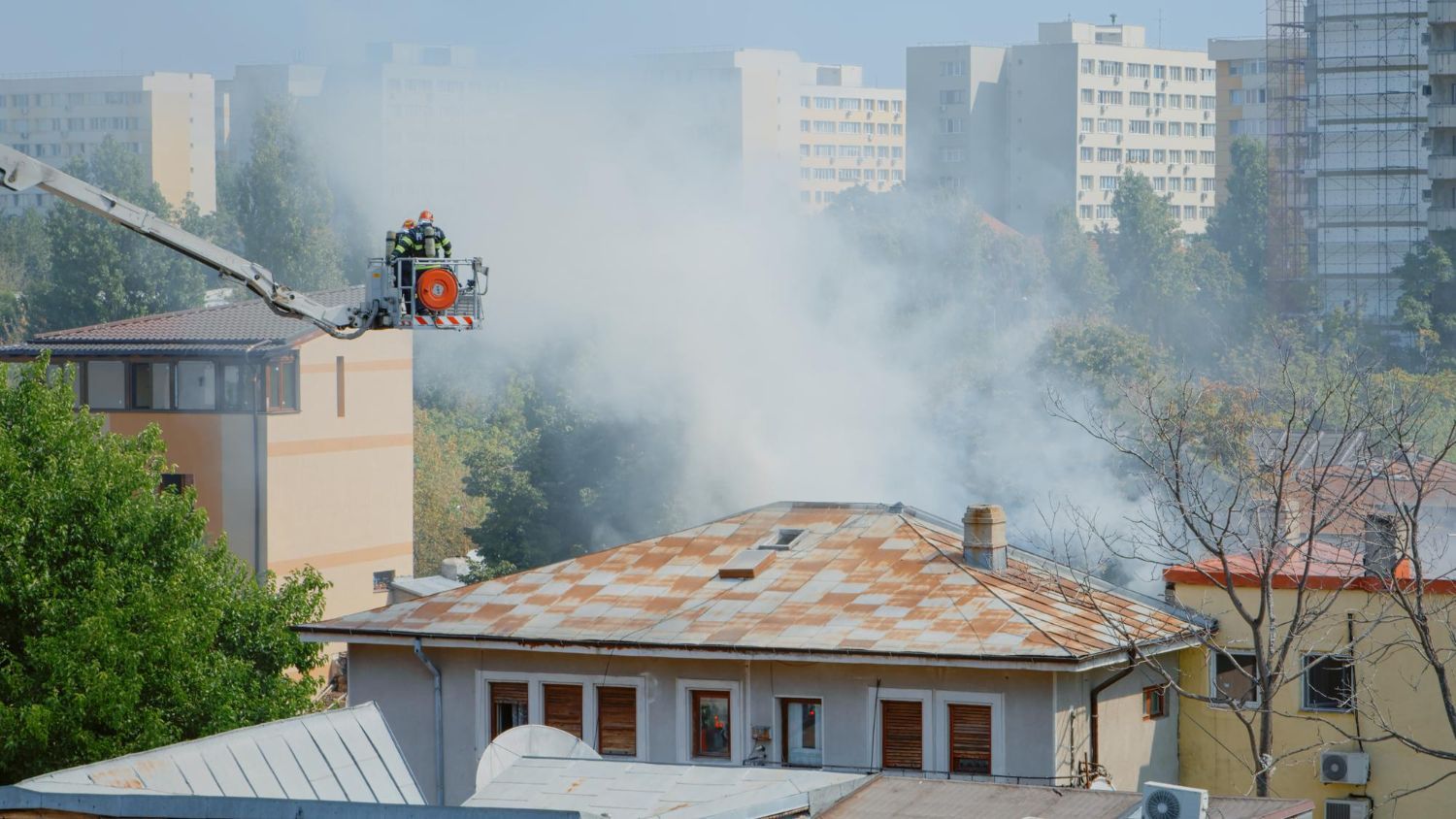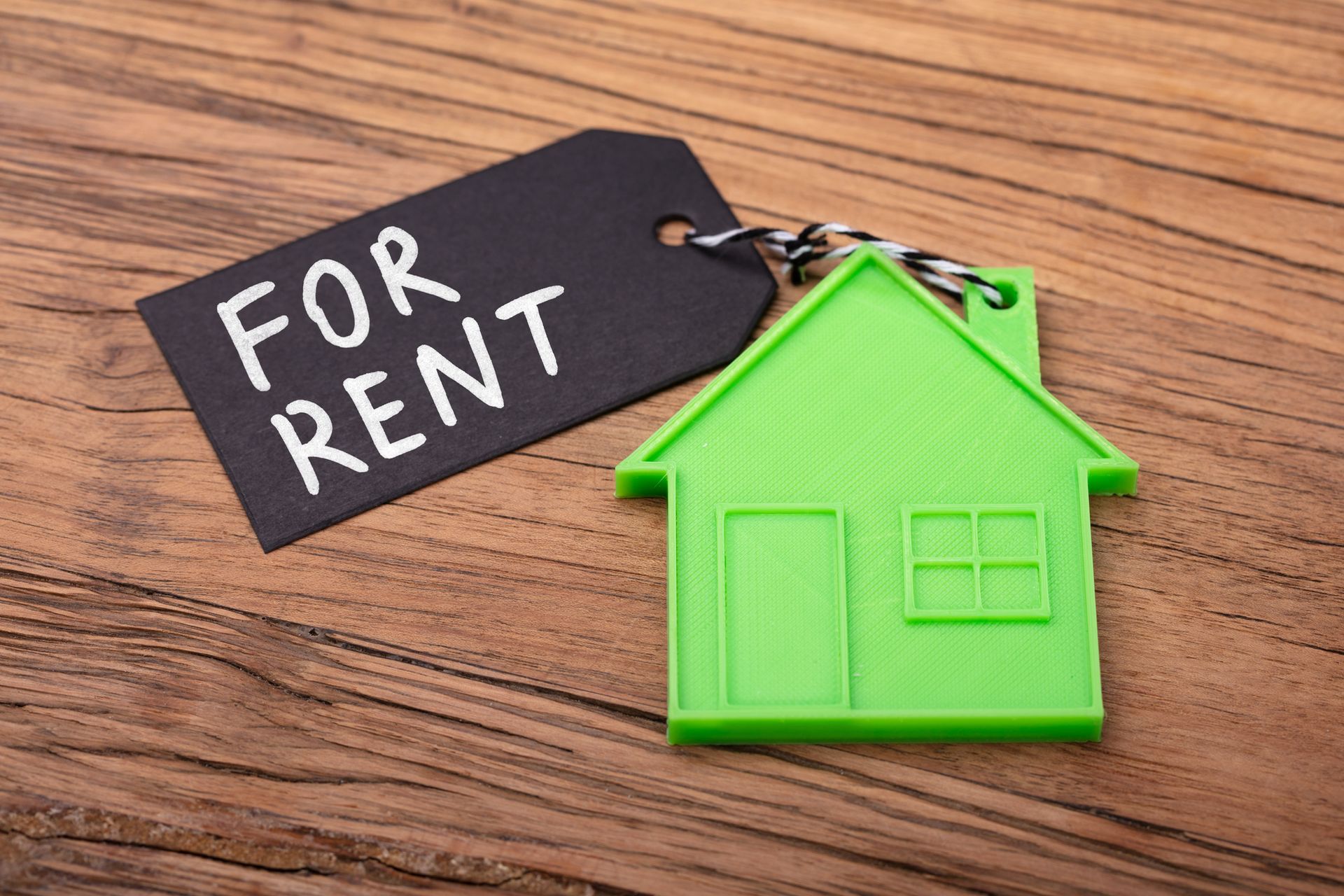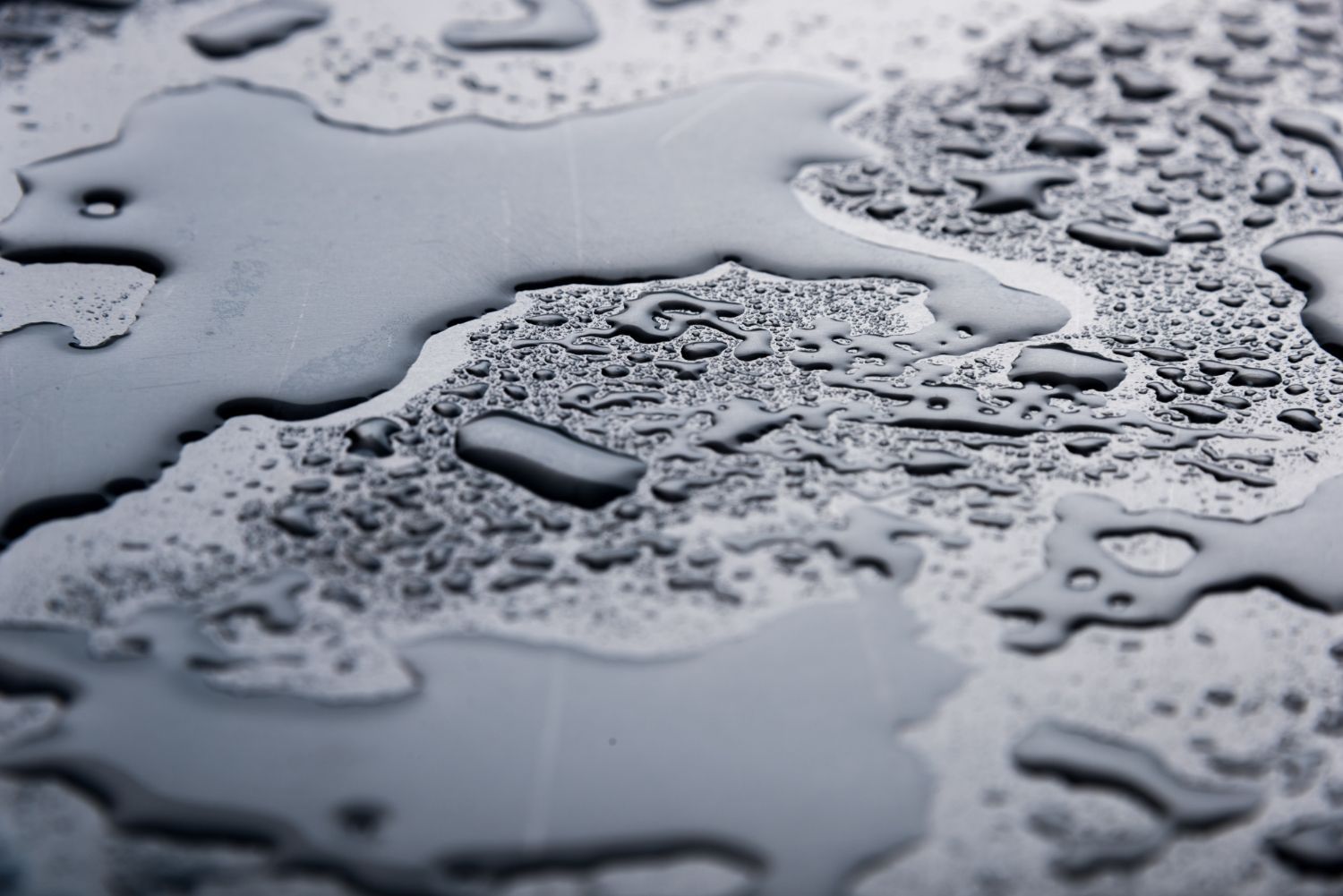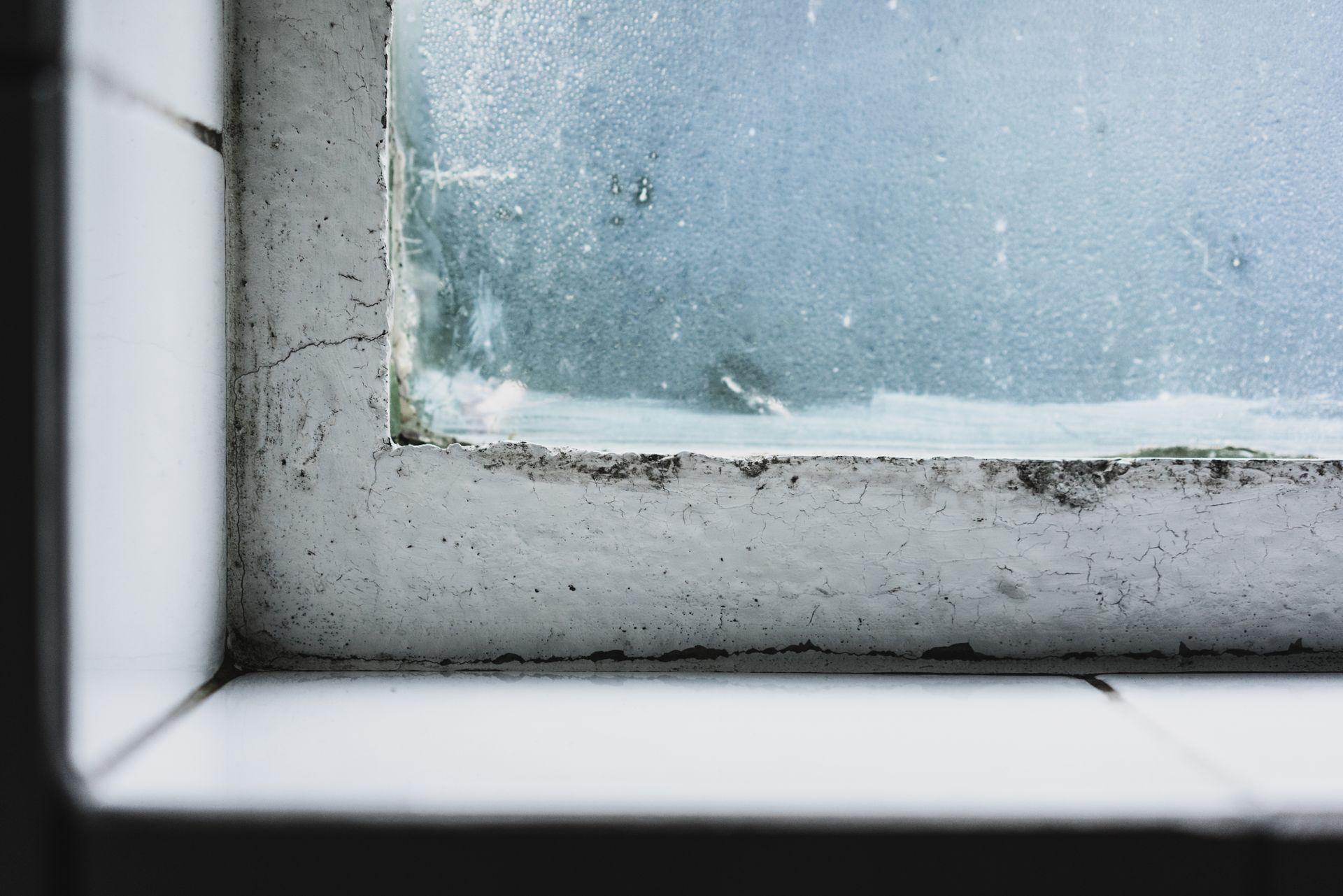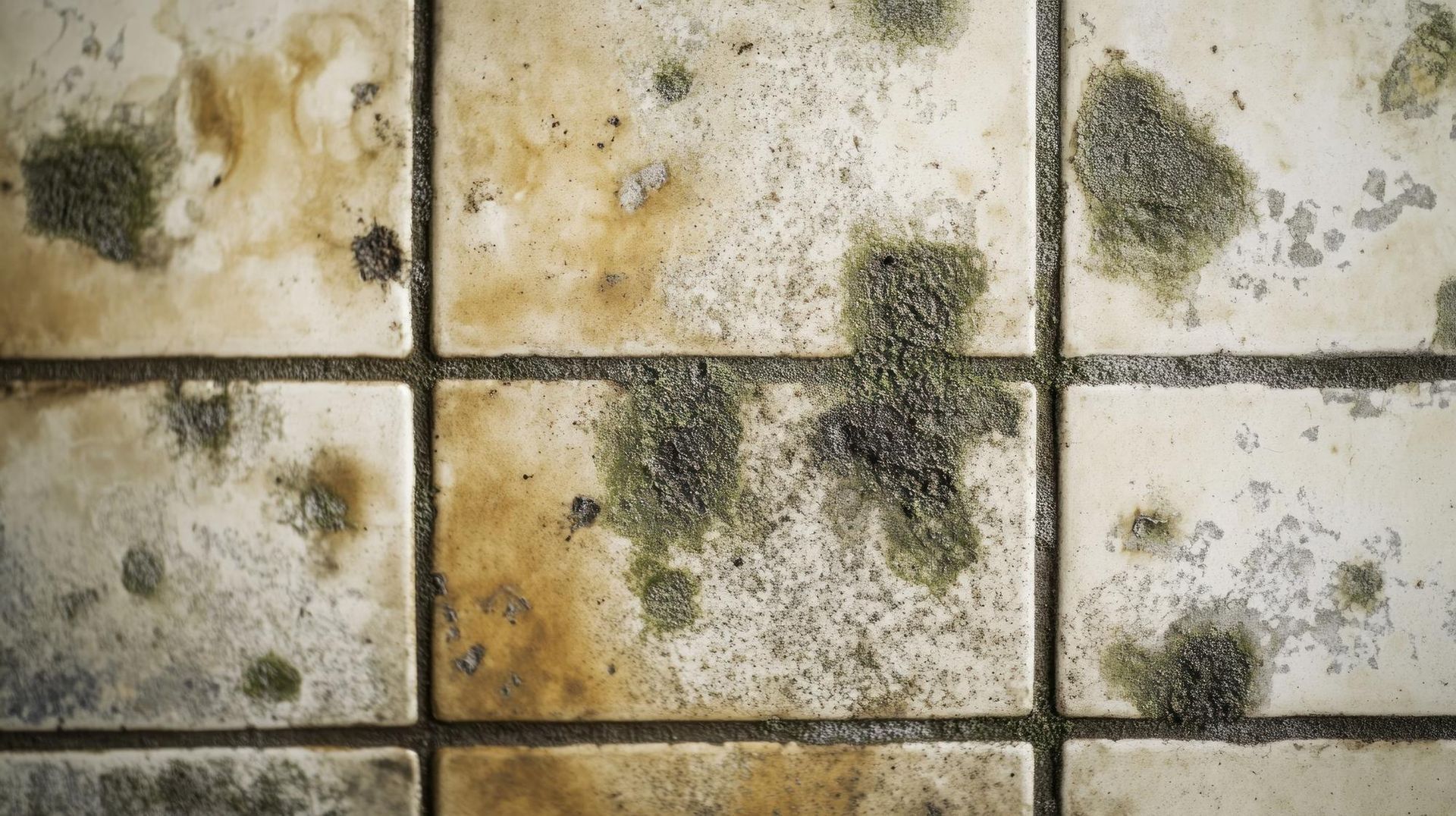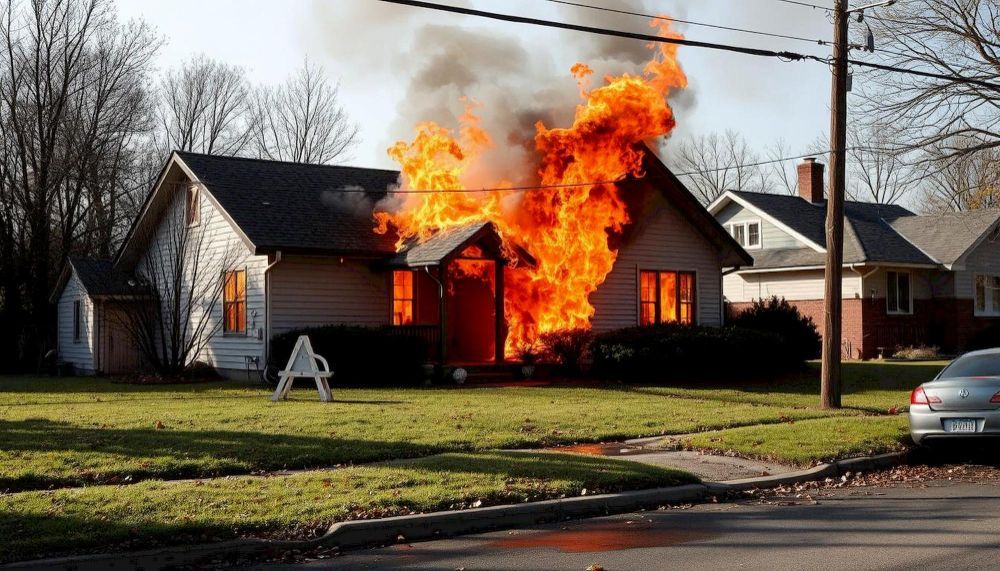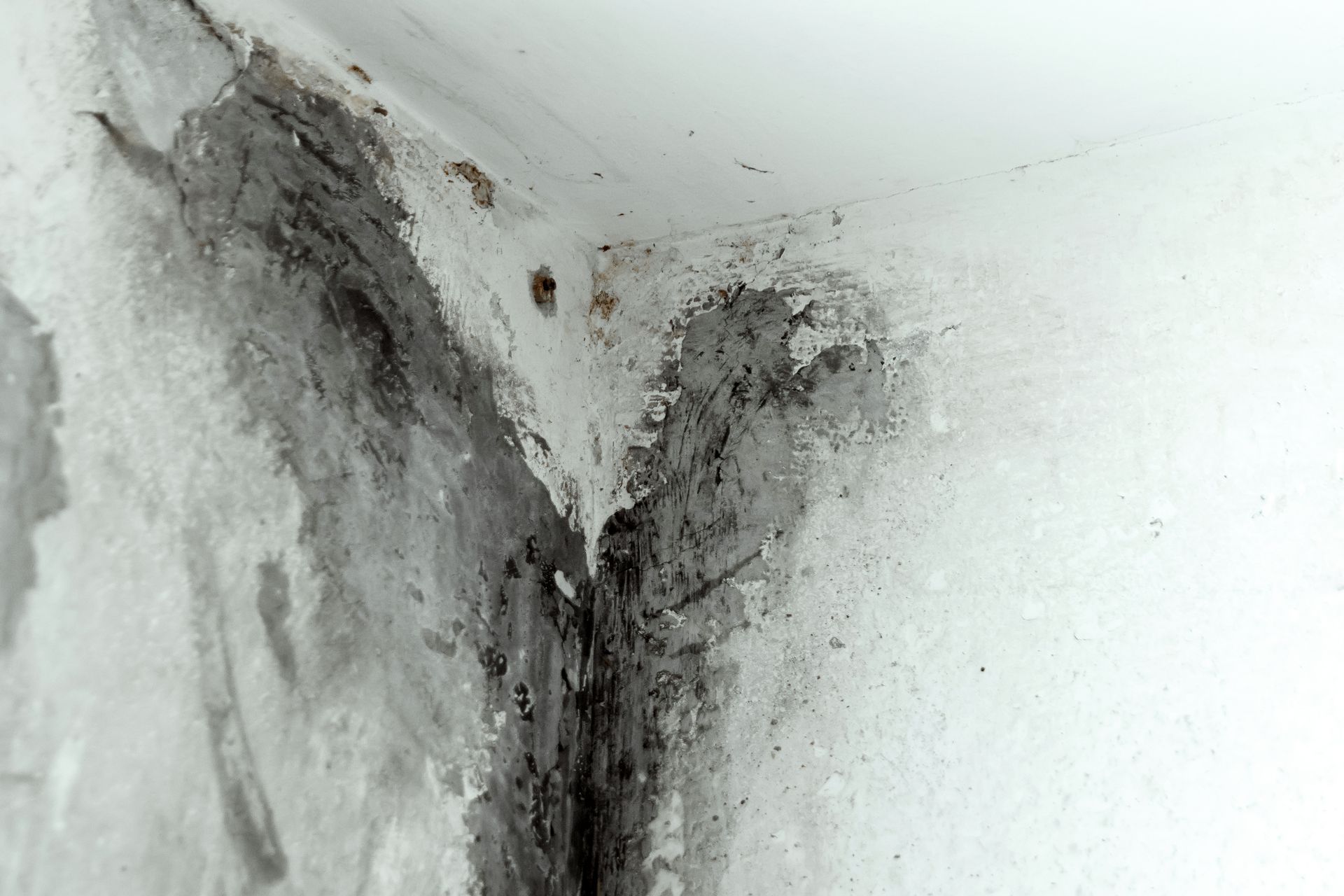A Homeowner’s Guide to Different Types of Water Damage
A Homeowner’s Guide to Different Types of Water Damage
-Colorado Springs, CO

Water damage is one of the most common and costly issues homeowners face, often leading to structural problems, mold growth, and extensive repairs. At Restoration 1 of Colorado Springs, we know that understanding the different types of water damage can help you act quickly and effectively. Here's a comprehensive guide to the various types of water damage and what you need to know to protect your home.
1. Clean Water Damage (Category 1)
Clean water damage refers to water that comes from a sanitary source and is generally safe to handle, such as:
- Broken water supply lines
- Overflowing sinks or bathtubs
- Malfunctioning appliances like water heaters
While this type of water damage is the least hazardous, it can still cause extensive damage to walls, flooring, and furniture if not addressed quickly. Time is critical to prevent it from escalating into a more severe category.
2. Gray Water Damage (Category 2)
Gray water is slightly contaminated water that may contain chemicals, soap, or mild pathogens. Common sources include:
- Dishwashers or washing machine overflows
- Toilet water with no solid waste
- Leaking aquariums
Gray water requires more caution, as it can pose health risks if ingested or improperly handled. Immediate cleanup and drying are essential to prevent further contamination and the growth of harmful microorganisms.
3. Black Water Damage (Category 3)
Black water is the most severe type of water damage and is highly contaminated. This water often contains harmful bacteria, viruses, and other pathogens. Common sources include:
- Sewage backups
- Floodwater from rivers, lakes, or heavy storms
- Water that has sat stagnant for an extended period
Black water poses significant health risks and requires professional water damage restoration. Never attempt to clean up black water yourself. Instead, contact Restoration 1 of Colorado Springs for safe and effective remediation.
Types of Damage Based on Location
1. Basement Water Damage
Basements are prone to water damage due to poor drainage, foundation cracks, or sump pump failures. This can lead to flooding, structural issues, and long-term mold growth.
2. Ceiling Water Damage
Leaking roofs or burst pipes can cause water to pool in ceilings, leading to stains, sagging drywall, and potential collapses.
3. Wall and Floor Water Damage
Walls and floors often absorb water, especially in cases of prolonged exposure. This can weaken structures and cause warping or buckling in wood and laminate floors.
What to Do When Water Damage Occurs
Regardless of the type or source of water damage, acting quickly is vital. Here are some immediate steps to take:
- Stop the water source if possible.
- Turn off power to the affected area to avoid electrical hazards.
- Remove valuable items and furniture from the affected space.
- Call a professional water damage restoration company like Restoration 1 of Colorado Springs to assess and address the damage.
Preventing Water Damage in Your Home
- Regular Maintenance: Inspect plumbing, appliances, and your roof for potential issues.
- Proper Drainage: Ensure gutters and downspouts direct water away from your foundation.
- Monitor Humidity Levels: Use a dehumidifier to prevent moisture buildup in vulnerable areas like basements.
Why Choose Restoration 1 of Colorado Springs?
When water damage strikes, you need a trusted partner to restore your home quickly and safely. At Restoration 1 of Colorado Springs, we provide expert water damage restoration services tailored to your needs. From clean water spills to black water disasters, our team is equipped to handle it all.
